Do you know Easter Eggers can lay rainbow chicken eggs, including blue, green, and pink?
White, blue, olive, and brown are some popular colored eggs. These not only help add diversity to the farm but also contribute to many DIY and decoration projects, including easter eggs.
Want to add some new colored eggs to your homestead basket? Get along with the popular seven and rare rainbow chicken eggs.
What Determines Chicken Egg Color?
First, the genetics of chicken tell what color of eggs the bird produces.
So, different chicken breeds lay colored or rainbow eggs. For example, leghorns lay white-shelled eggs, while Orpingtons have brown eggs.

The hens’ ear area or earlobes also determine the color of the eggshell.
Breeds with lighter earlobes have white feathers and lay white eggs.
But the darker earlobed chickens produce multiple colored feathers and colored eggs such as blue, green, cream, and pink.
Besides, pigments also affect the outer coloring.
These pigments deposit onto the eggshell as the egg is developed in the hen’s oviduct. The oviduct is a shell gland or an internal tube-like organ along the backbone between the ovary and the tail.
What about speckled eggs?
Well, these are only after the extra deposite of calcium. The eggshell is formed from calcium carbonate.
As the egg-shaping calcification gets disturbed, speckled eggs can be the result. Another reason is a malfunction in the shell gland.
Apart from these, diet, environment, and chicken health also might slightly impact shade but not the actual color. Also, outer color coating doesn’t affect the yolk.
1. White Eggs
White eggs are all classic and clean-looking eggs.
They are also called wild type or o, which means egg colorings are natural and without mutation.
Most of the chicken breeds, including wild birds, lay white eggs. The chickens with white earlobes produce these eggs.

They cannot deposit pigments in the eggshell, so the coloring results in white.
Commercial or store-bought eggs are often white, but some productive backyard chickens also produce white eggs. These eggs often allow for easy dyeing and decoration.
Generally, Mediterranean breeds produce white-shelled eggs, but Leghorns remain the most prolific layers.
Common Breeds: Leghorn, Ancona, Andalusian, Polish, Leghorns, Buttercups, Catalana, Appenzeller Spitzhauben, Breda, Crèvecoeur
Cubalaya, Dorkings, Fayoumi, La Fleche, Faverolles, Lakenvelders
2. Brown Eggs
These are light to medium brown eggs, often found in farm-fresh egg baskets.
Brown eggs are the second most common eggs after white eggs.

Chickens deposit pigment, protoporphyrin IX, or brown dye in the shell gland for 24 hours.
The light or medium shade means a hen has already spent lots of dye in the recent season. They have a limited amount of dyes, so coloring fades and looks pale or thinner when the dye runs out.
Common Breeds: Rhode Island Red, Plymouth Rock, Sussex, Orpington, Basque, Orloffs, Jersey Giants, Orpingtons
3. Cream or Tinted Eggs
Cream eggs often come with a soft, warm-colored hue between white and light brown.
These are a subtle yet elegant alternative to stark white or brown eggs. They are often mistaken for white eggs until placed side by side.

This type of egg is often laid by chickens that are bred from white egg and brown egg layers.
Common Breeds: Faverolles, Buff Orpington, Brahma, Silkies, Blue Laced Red Wyandotte, Swedish Flower, Isabell, ISA Tinted or ISA Grey
4. Blue Eggs
Blue eggs here means beautiful sky-blue or pale blue color. They look more vibrant eggs against all colored eggs in the basket.
Those that have a dominant blue gene lay bluish eggs.

The blue pigment called oocyanin is present throughout the shell, even inside. This substance is created in the hen’s liver.
Common Breeds: Araucana, Ameraucana, Cream Legbar, Easter Eggers, Dongxiang, Lushi, Prairie Bluebell
5. Green or Olive Eggs
Light green eggs are a great highlighter of blue eggs on the side. So, blue and eggs are placed along.
A mix of blue and brown pigments creates green or olive-toned eggs.

Each color varies based on the parent breeds, and even two Olive Egger eggs don’t look the same. To get green eggs, you can crossbreed the chickens.
Breeding couples include Ameraucana and Maran, Crested Legbar and Welsummer, Wyandotte and Ameraucana.
Pure Breeds: Olive Egger, Easter Egger, Isbar, Araucana
6. Pink Eggs
It’s rare to witness eggs with soft pinkish hues, sometimes peachy or rosy.
But it’s possible! The pink appearance is often due to a bloom layer on cream or brown eggs.

Pink shade can vary and becomes a matter of how you see it. Some keepers get it a light tint, while others perceive it as a pale pink. I find it pastel pink.
Common Breeds: Salmon Faverolles, Barred Rock, Australorp, Croad Langshan, Buff Orpington, Silkie, Olive Egger
7. Dark Brown or Chocolate Eggs
These are deep, rich brown, sometimes speckled eggs.
The brown color intensity varies and can look almost black. They can also be available in brick red, tan, terracotta, speckled, peach, chocolate, and anything between them.

The dark shade of eggs is appealing to watch; they come at high prices. A high quality brown eggs cost more than white eggs.
The intense brown color of the eggs happens when hen deposits a high concentration of porphyrins in the eggshell.
If you want to keep darker breeds, Noirans and English Burford Browns are great layers that coat darker shades with every new generation.
Common Breeds: Marans (especially Black Copper Marans), Welsummer, Barnevelder, Penedesencas
More About Rainbow Chicken Eggs
Besides the above, there are some rare colored eggs, including plum-croad and purple eggs.
Plum-Croad Langshans are the only chicken breeds that produce plum-colored eggs. They are known for laying large brownish or buff eggs in various color depths.
While some display darker shades, many others can give pink bloom in a similar fashion to the bloom on a plum.
In some cases, Marans, Welsummers, and Easter Eggers lay eggs with purple hue or purple tinted eggs. This is due to the bloom of the eggs.

The bloom on the egg varies in intensity, producing different colors.
Bloom is a natural protective wax-like coating on the shell, which prevents bacteria and other stuff from getting inside.
I see many people posting black chickens along with black eggs on Facebook or other online forums.
But they are only hoaxes.
There are no black eggs to exist. Many claim Ayam Cemani chickens lay black eggs, but they produce tinted eggs instead.
Anyway, hens have limited pigments to coat the eggshells. The birds run out as they start laying. So, you can notice the previous eggs are darker in shade than the latter.
To refill their pigment or ink cartridges, chickens need a proper diet and treats with balanced nutrition.
Rainbow chicken eggs have nothing to do with taste. All eggs taste the same, with an equal amount of yolk and nutrition.
Final Thoughts
Rainbow or colored eggs are the result of chicken’s natural artistry.
Developing the eggshell coloring is a biological process of the hen, which is influenced by genetics, diet, and environmental conditions.
You can make your chickens lay the desired colored eggs by breeding the two different egg layers.

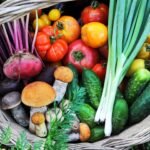

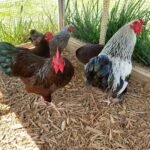

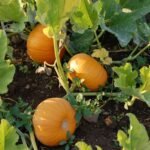

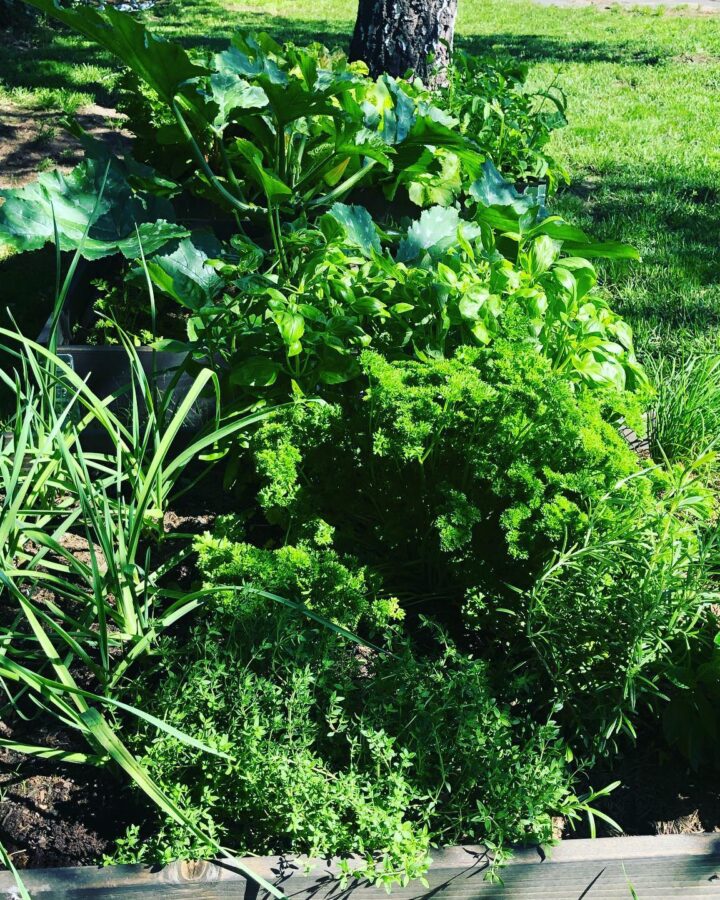
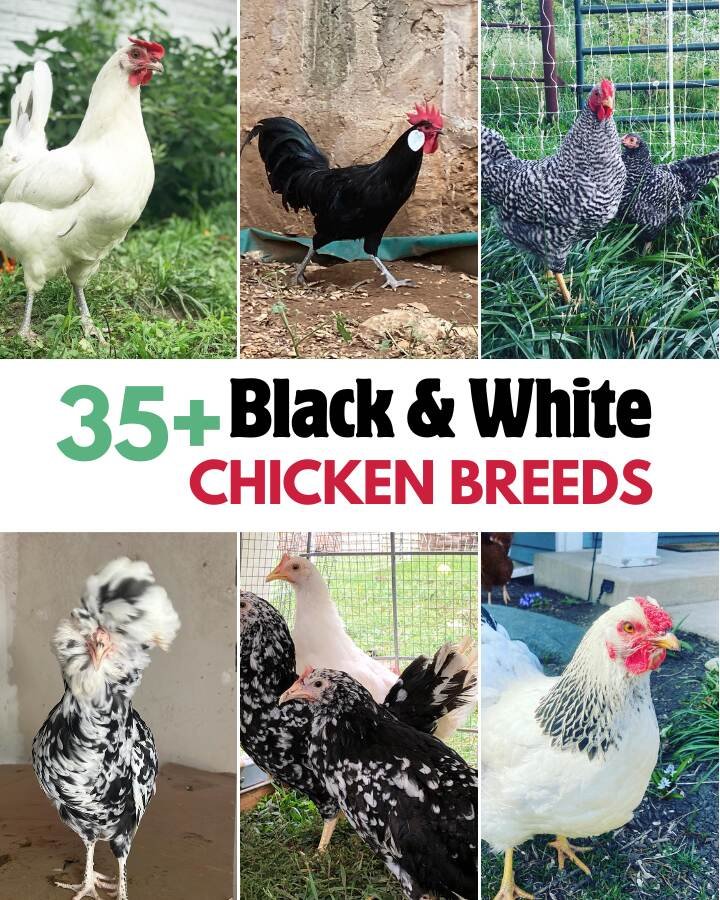

Leave a Reply